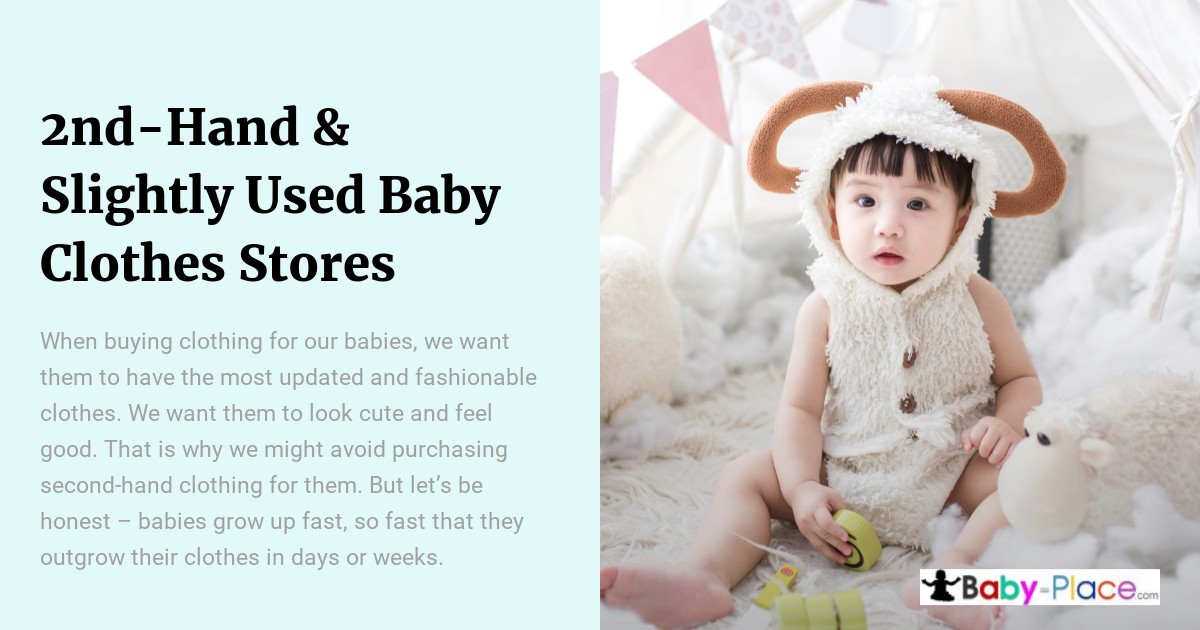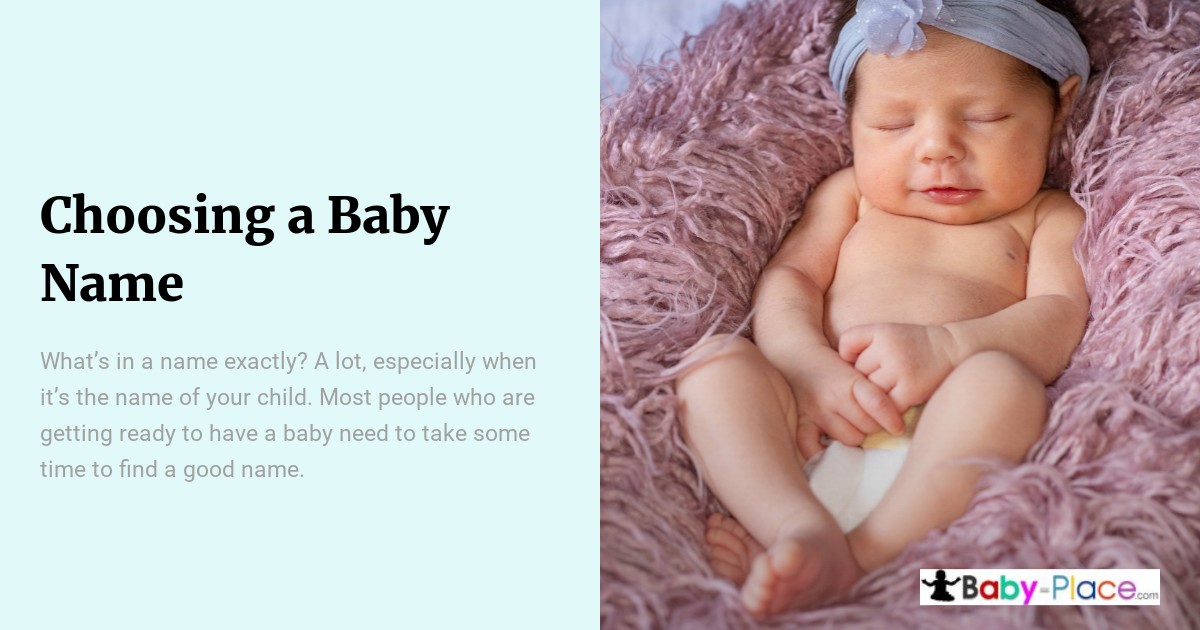Ben has started scooting himself backward across the floor. Saturday, my wife couldn’t find him for a few seconds and got a bit worried until she asked Tehilah where he was. Tehilah told her matter of factly, “Couch bottom.” So Julie looked under the couch and there he was, all smiles and proud of himself. I’m thinking about all the childproofing we will have to do soon.
We will need child safety locks on all the cabinets and lock the door to my office. I can just see him crawling in here and seeing the shiny buttons on my computer and “Boom!” a day’s work down the tube. (Always backup your important work!) I’m glad that this is happening as spring is arriving. At least this way the heater will be off soon and we won’t need to worry about him crawling into that. Tehilah knows that it is “HOT” and she can’t touch it, but it will be a while before Ben can be taught that lesson.
The time has come! Your baby is starting to crawl, and with that comes a whole new set of challenges and milestones. Crawling is an important developmental milestone, and it’s a major step in your baby’s journey to becoming a toddler. Here are a few things you can expect as your baby starts to crawl.
General Safety
When your baby starts to crawl, it’s time to baby-proof your home. The first step is to remove any and all hazards from your home. This includes small objects that your baby could choke on, cords that could be chewed on and lead to strangulation, and anything else that could potentially be dangerous.
Once you’ve removed all of the hazards from your home, it’s time to baby proof your furniture. You’ll want to secure furniture to the wall so it can’t be toppled over, put guards on sharp edges, and get rid of any tempting items that could be within reach of your baby.
Finally, make sure you keep a close eye on your baby at all times when they’re crawling.
Baby Proofing the Kitchen
Now that your baby is starting to crawl, it is time to baby proof your home. A kitchen is a place where you need to be especially careful. Here are some tips to help you babyproof the kitchen:
• Block off the stove. Install a stove guard to prevent your baby from climbing on the stove.
• Block off the oven. Install an oven guard to prevent your baby from opening the oven door.
• Block off the kitchen counters. Install a counter guard to prevent your baby from climbing on the counters.
• Put locks on the cabinets. Install cabinet locks to prevent your baby from opening the cabinets and getting into dangerous items like knives and cleaning supplies.
• Put gates at the entrances
Baby Proofing the Living Room
When your baby starts to crawl, it’s time to baby proof your home. One of the first places you’ll want to childproof is the living room. Here are some tips:
-Move any poisonous plants out of reach.
-Put away any breakable objects or sharp objects.
-Install gates at the top and bottom of the stairs.
-Cover electrical outlets with plastic plugs.
-Install cabinet and drawer locks.
-Put locks on the doors to stop your baby from wandering into other rooms.
Baby Proofing the Bedroom
When your baby starts to crawl, it is time to baby proof your home. The first place you want to start is in the bedroom. You will want to block off the stairs and any other places that are dangerous. You can do this by using furniture or baby gates. You will also want to make sure that all of the cords from electronics are out of reach. Babies like to put things in their mouths, so make sure all of your medications and cleaning supplies are up high and out of reach. Finally, make sure there is nothing on the floor that could hurt your baby if they fall.
When your baby starts to crawl, you’ll need to baby proof your home.
Start by baby proofing the areas of your home that your baby is most likely to crawl in. These areas include the living room, kitchen, and bedroom. Remove any furniture or objects that your baby could potentially climb on or crawl under.
You’ll also want to baby proof your home’s entrances and exits. Install gates at the top and bottom of stairs, and make sure that all doors are securely closed.
Finally, be sure to baby proof any electrical outlets and sharp corners. Use outlet covers to protect your baby from electrical shock, and install corner guards to prevent them from getting injured if they fall against a sharp corner.
By baby proofing your home, you can help keep your baby safe and secure as they
Baby Proofing Essentials
It’s only a matter of time before your little one starts to crawl around your house. Once they start, they’ll be on the move and into everything! That’s why it’s important to baby proof your home before they get too mobile.
There are some basic baby proofing essentials that you should have in every room of your house. Start by covering all of your electrical outlets with safety plugs. You can also buy outlet covers that close securely so your baby can’t open them.
Next, make sure all of your furniture is stable and won’t topple over if your baby pushes it. You can anchor heavier pieces to the wall with furniture straps. And finally,
Safety Gates
One of the best ways to baby proof your home when your baby starts to crawl is to install safety gates. There are several different types of safety gates available, so it is important to choose the right one for your needs. If you have a wide opening in your home, you will need a safety gate that is wider than the opening. If you have a staircase, you will need a safety gate that attaches to the wall or stairs.
When choosing a safety gate, be sure to read the manufacturer’s instructions carefully. The gate should be installed properly so that it is stable and cannot be easily knocked over. The gate should also be easy to open and close for adults, but not for children.
Cabinet Locks
The best way to baby proof your home when your baby starts to crawl is to install cabinet locks. Cabinet locks can be installed on cabinets that your baby can reach and are easy to use. When your baby starts to crawl, they will be curious about what is inside the cabinets and may try to open them. Cabinet locks will keep your baby safe and prevent them from getting into any dangerous or harmful situations.
Corner and Edge Cushions
When your baby starts to crawl, it is important to baby proof your home. One way to do this is by using corner and edge cushions. Corner and edge cushions are soft, padded surfaces that you can attach to furniture, walls, and other objects in your home. They help protect your baby from bumps and bruises.
There are many different types of corner and edge cushions available. Some are made from foam, while others are made from fabric. Some are self-adhesive, while others require Velcro or ties to attach them.
When choosing corner and edge cushions, it is important to consider the size of your baby. You want to choose cushions that are big enough to cover the corners and edges
Outlet Covers
When your baby starts to crawl, it is time to start baby proofing your home. One of the first things you will want to do is put outlet covers on all of the outlets in your home. This will protect your baby from sticking their fingers or other objects into the outlets. You can find outlet covers at most stores that sell baby products.
You will also want to child proof your cabinets and drawers. You can do this by putting child safety locks on them. This will keep your baby from opening them and getting into anything they should not be getting into.
Finally, you will want to install gates at the top and bottom of your stairs. This will keep your baby from going up or down the stairs when you
Window Blind Cords
Window blind cords are a common choking hazard for babies. When your baby starts to crawl, it is important to take steps to baby proof your home. One easy way to prevent your baby from choking on a window blind cord is to install cord stops. Cord stops are small pieces of plastic or metal that fit over the ends of the cords and prevent them from being pulled out of the window. You can also install cord wraps, which are pieces of elastic or fabric that wrap around the cords and hold them together. This prevents your baby from wrapping the cords around his or her neck. If you are unable to install cord stops or wraps, you can tie the cords together with a piece of ribbon or twine.















